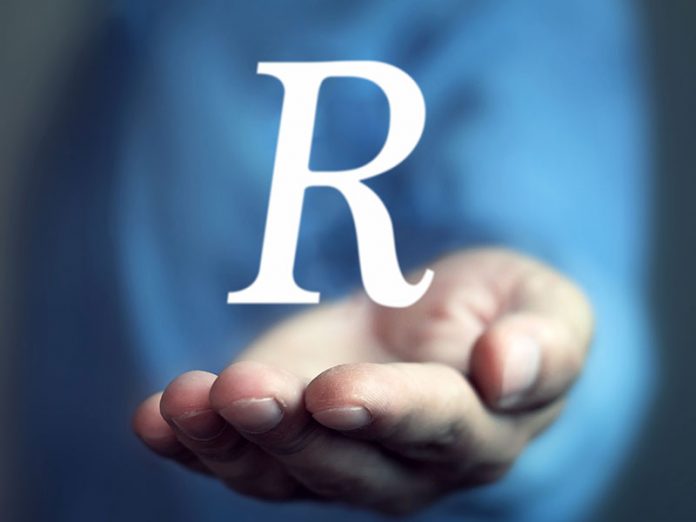There are four ways to pay yourself as the owner of a company, and all four have different tax implications.
When you become a small business owner, one of the most important concepts to wrap your head around fast is that you and your business are two separate legal entities as far as the taxman is concerned. This means that from the perspective of SARS, there are two legal entities to tax.
This can be used to your advantage if you are the owner of the business and work in the business as well. You can distribute your company profits and personal earnings in such a way as to legally pay the least amount of tax.
There are four ways that the owner of a company can take money out of their company and all four have different tax implications. An important point to remember when dealing with all four, is that if you remove money from the company in the form of an expense, it reduces the company profit and therefore reduces the company’s tax – but it increases yours.
Let us look at the implications of all four ways to pay yourself:
1. Drawings
You can opt to simply draw lump sums from the business as and when you need them and without declaring an official salary. This is normally referred to as “Drawings” by an accountant.
Typically, these amounts are allocated to your loan account in the business and therefore they do not affect the company’s profit. This means that you are removing cash from the company but with no benefit to the company in terms of company income tax, but it also means that you have not officially “earned” any income. Since these amounts are sitting in your loan account, they are due back to the company and are not officially yours.
Practical example:
- Your business makes R200 000 profit before calculating your drawings. You decide to draw R100 000.
- The business is still going to pay tax on R200 000.
- At 28% this comes to R56 000.
- Total tax paid: R56 000
- Nett income received by you personally: R100 000
What is very important to remember here is that you are increasing your loan account with this option. You will eventually have to return this money to the company – drawings are not officially yours.
2. Pay yourself a Director’s Fee
Director’s Fees are similar to drawings in that you are not declaring an official salary. However, the big difference is the fact that Director’s Fees are declared as an expense in the business and are considered income for you. Therefore you do have the benefit of reducing the company’s income tax with this option, but you increase your own.
You need to remember that you are responsible for declaring this income to SARS and paying the relevant income tax – not the company. You will not receive an IRP5 at the end of the year and the company will not make PAYE payments on your behalf. Instead, you are required to register with SARS as a provisional taxpayer and make sure that you pay the correct amount of tax over to them every six months. If you opt to go with this option, make sure you are also making monthly provisions for your income tax – otherwise it can be fairly challenging to come up with the lump sum due to SARS every August and February!
Practical example:
- Your business makes R200 000 profit before calculating your Fees. You decide to claim R100 000 for the year, this reduces the business profit to R100 000.
- The business is going to pay tax on R100 000.
- At 28% this comes to R28 000.
- If you have no other income for the year, your personal income tax on R100 000 is R3 042.
- Total tax paid: R31 042.
- Nett income received by you personally: R96 958.
3. Pay yourself a salary
Like Director’s Fees, an official salary reduces your company profit and subsequently your company’s income tax. A salary also increases your personal income and therefore increases your personal income tax. It is important to note, that SARS treats allowances and benefits as though they are salaries in terms of tax. So if you think you can reduce your personal tax by paying yourself a “Cellphone Allowance” or a “Travel Allowance”, think again and make sure you chat to a tax expert before you set up your payslip.
However, an administrative benefit of this is that with an official salary, your company now becomes responsible for declaring your income and your tax to SARS. Your company will register with SARS as an employer and will deduct and pay over your PAYE every month instead of you having to pay over huge chunks of tax every six months. The company will also be required to issue you with an IRP5 and will send this info to SARS on your behalf.
Practical example:
- Your business makes R200 000 profit before salaries. You decide to claim R100 000 for the year, and a cellphone allowance of R500 per month. This reduces the business profit to R94 000.
- The business is going to pay tax on R94 000 at 28%, this comes to R26 320.
- If you have no other income for the year, your personal income tax on R106 000 is R4 122.
- Total tax paid: R30 442.
- Nett income received by you personally: R101 878.
In the case of all three (drawings, Director’s fees and a salary), your personal income tax is calculated according to SARS’ tax tables for the current tax year. You must always remember that ALL of your income is added together by SARS to determine which tax bracket you fall into. So if you are earning a salary from one business and taking fees from another, you need to add both incomes together when you calculate your tax for the year on your provisional tax returns. This is more important than it sounds because if your fees are high enough, they could push you into another tax bracket. This means that the PAYE deducted off your salary is actually not high enough and you will need to pay the difference on your provisional tax return.
4. Dividends
Dividends are essentially the way the company distributes its profits to its shareholders. As the owner of the company you have a right to partake in the company’s profit, and you and any other shareholders can decide how much of the profit you want to distribute.
Dividends are taxed at a flat rate of 20% which doesn’t sound too bad, until you realise that they can only be declared after the company has paid income tax on its profits. This means that dividends are essentially taxed twice – once as company profit, and then again as a dividend.
Practical example:
- Your business makes R200 000 profit before salaries. You decide to claim R100 000 salary for the year, reducing business profit to R100 000.
- The business is going to pay tax on R100 000. At 28% this comes to R28 000.
- If you have no other income for the year, your personal income tax on R100 000 is R3 042.
- The business now has an after-tax profit of R72 000 and you decide to pay yourself a dividend of R50 000.
- The tax on your dividend is R10 000.
- Total tax paid: R41 042.
- Nett income received by you personally: R136 958.
Since you pay tax on a sliding scale while a company nearly always pays tax at a flat rate of 28%, it is possible to reduce your overall tax bill by declaring more salary for yourself in a year – but only as long as your personal tax stays below 28%.
If you find Income Tax and its implications scary or confusing then don’t be embarrassed – you are not alone! It is worthwhile considering the services of a registered tax consultant – even if you just want their advice in the planning phase. A decent tax consultant is always worth what they charge and they will be more than happy to help you in the planning phase and then leaving you to do your own tax returns without tying you down into a long-term contract you can’t afford. An added bonus, is that their services are a deductible expense that reduces your tax!

Tamryn Dicks is a SAIBA Business Accountant and a SAIT Tax Practitioner. Her company, Pharsyde Accounting, offers payroll, bookkeeping, accounting and tax services to small business owners.





